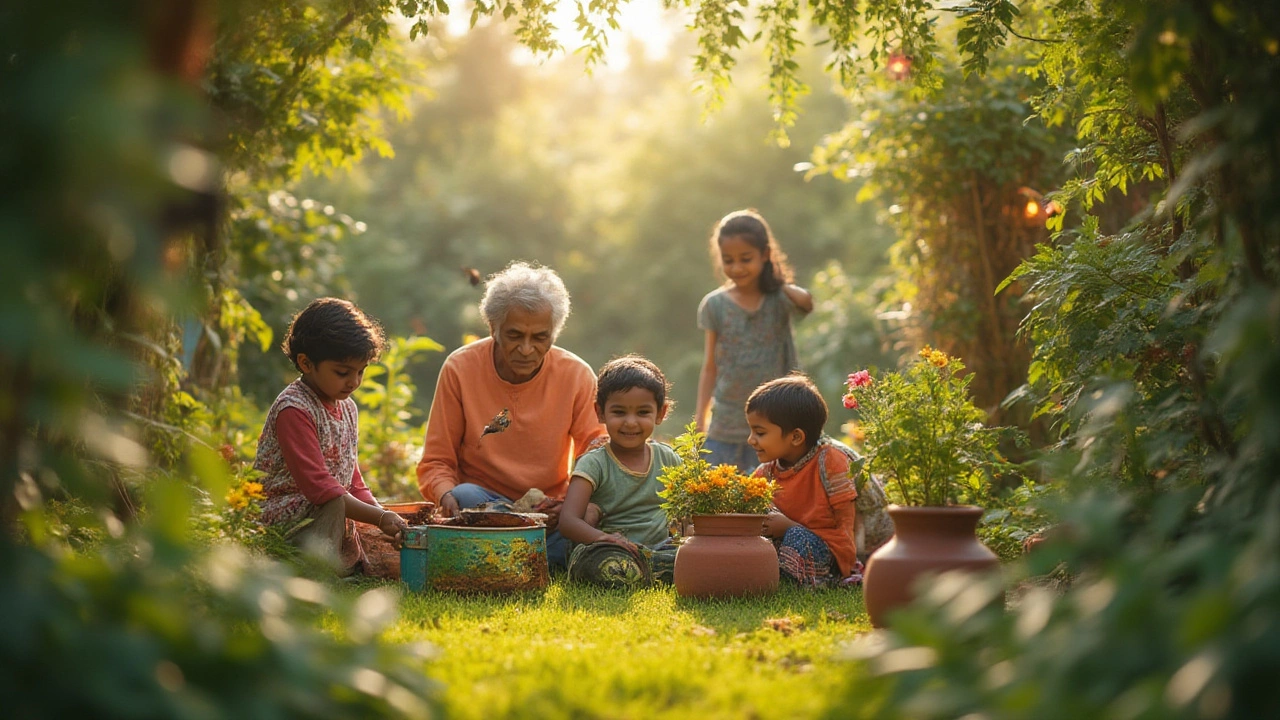Eco-Friendly Yard: Practical Tips for a Greener Garden
Want a yard that looks good and helps the planet? You don’t need a big budget or fancy equipment. Just follow a few simple habits and watch your garden become healthier, cheaper to run, and kinder to the environment.
Save Water the Smart Way
Water is the biggest expense for most Indian gardens, especially in summer. Installing drip irrigation is a game‑changer. Bury the drip lines about 2‑3 inches deep, keep them close to the roots, and you’ll cut water use by up to 50 %. The system delivers water right where plants need it, so no more wasteful runoff.
If full drip setup feels like a lot, start with a drip tape on your vegetable beds. It’s cheaper, easy to lay, and works just as well for small plots. Turn the tap off early in the morning or late evening to reduce evaporation.
Build Healthy Soil and Manage Pests Naturally
Healthy soil means less need for chemical fertilizers and pesticides. Add kitchen waste like vegetable peels, coffee grounds (but skip the plants that hate them), and egg shells to a compost bin. In a few months you’ll have nutrient‑rich compost that feeds your garden and reduces landfill waste.
When you’re ready to use the compost, spread a thin layer over beds and gently work it into the top inch of soil. This improves texture, helps water hold longer, and gives microbes a boost.
For pest control, go natural. Plant “sister plants” like marigold or basil beside tomatoes to repel nematodes and whiteflies. Neem oil spray, made from locally available neem seeds, works well for aphids without harming beneficial insects.
Avoid coffee grounds if you grow plants such as blueberries, azaleas, or gardenias—they can turn the soil too acidic. Instead, sprinkle the grounds around roses or rhododendrons where they love a bit of acidity.
Another easy trick is to use mulches made from dried leaves or straw. Mulch keeps the soil cool, reduces weeds, and slowly adds organic matter as it breaks down.
Don’t forget to rotate crops each season. Moving beans, peas, and other legumes around prevents soil‑borne diseases and adds nitrogen naturally.
By combining drip irrigation, homemade compost, and smart plant pairings, you can create an eco‑friendly yard that thrives with less water, fewer chemicals, and lower costs. Start with one change today and watch the benefits grow.
Eco-Friendly Yard Ideas: Sustainable Tips for a Greener Outdoor Space
See how to make your yard more eco–friendly. Discover simple tips, native plant picks and sustainable strategies for water, soil and wildlife.
About
Sustainable Gardening
Latest Posts
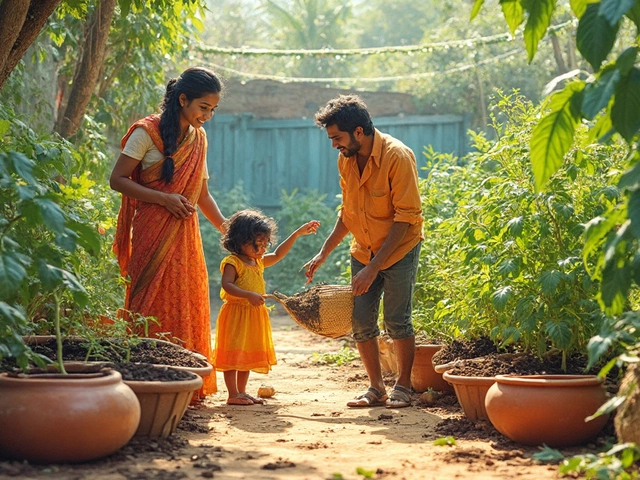
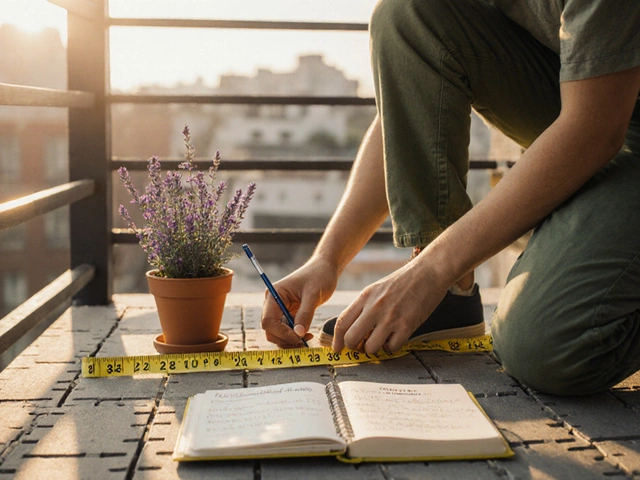
Balcony Decorating Ideas: Turn Your Small Outdoor Space into a Stylish Retreat
By Alden Thorne Oct 13, 2025
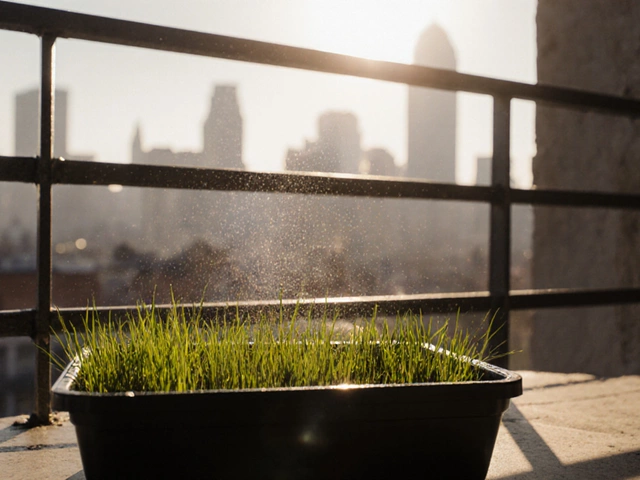
How to Grow Grass on a Balcony: Step-by-Step Guide
By Alden Thorne Oct 9, 2025
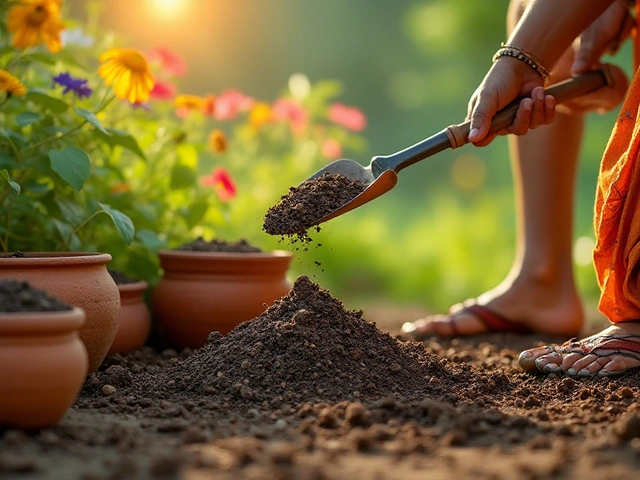
Easy Ways to Loosen Compacted Soil Without Tilling
By Alden Thorne Jan 17, 2025

